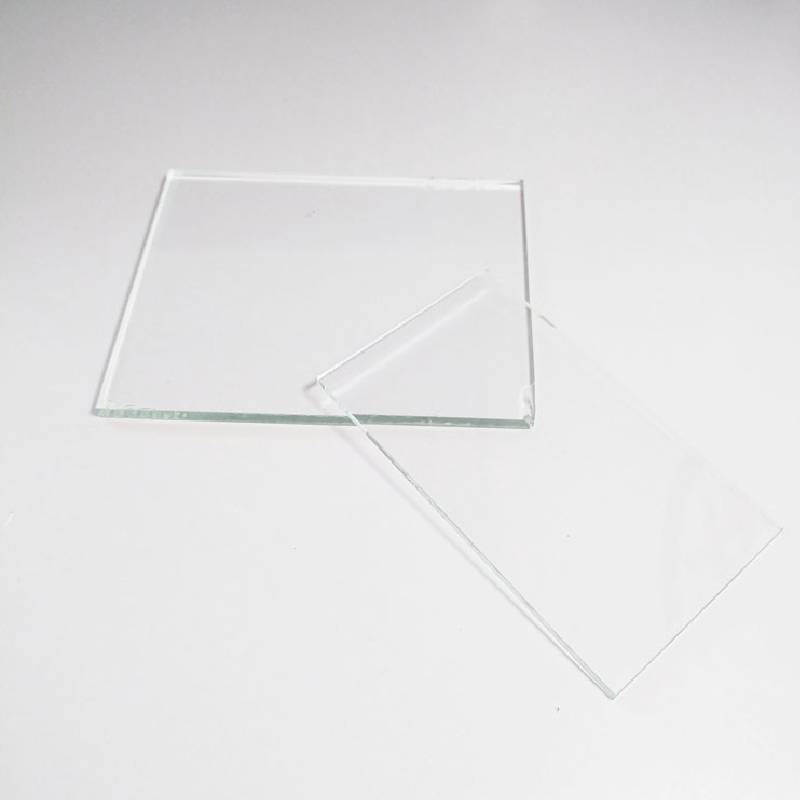Types of Architectural Glass A Comprehensive Overview
Architectural glass plays a crucial role in modern construction and design, offering a perfect blend of aesthetics, functionality, and sustainability. With advancements in technology and design, various types of architectural glass have emerged, each tailored for specific applications and environments. This article explores the predominant types of architectural glass and their unique characteristics.
1. Float Glass
Float glass, the most common form of flat glass, is produced by floating molten glass on a bed of molten tin. This process results in a smooth, uniform thickness, making it ideal for windows and facades. Float glass can be further processed through tempering, annealing, or laminating, enhancing its strength and safety.
2. Laminated Glass
Laminated glass is made by sandwiching a layer of polymer interlayer between two or more glass panes. This type of glass is renowned for its safety features since, in the event of breakage, the glass fragments adhere to the interlayer, minimizing risks of injury. Additionally, laminated glass provides excellent sound insulation and UV protection, making it ideal for buildings in noisy areas or those requiring enhanced security.
3. Tempered Glass
Tempered glass is heat-treated to increase its strength compared to standard float glass. This process makes it resistant to impact and thermal stress, making it suitable for high-demand applications, including shower doors, glass doors, and curtain walls. If broken, tempered glass shatters into small, blunt pieces, reducing the risk of injury.
types of architectural glass
4. Insulated Glass Units (IGUs)
Insulated glass units consist of two or more glass panes separated by a spacer and sealed to create an air or gas-filled cavity. This design significantly improves thermal insulation and energy efficiency, making IGUs ideal for residential and commercial buildings. They help maintain comfortable indoor temperatures and reduce energy costs.
5. Low-E Glass
Low-emissivity (Low-E) glass features a microscopically thin metallic coating that reflects infrared light while allowing visible light to pass through. This property helps reduce heat loss in winter and keeps interiors cool in summer, enhancing energy efficiency. Low-E glass is increasingly popular in sustainable building designs, contributing to LEED certification.
6. Fritted Glass
Fritted glass has a ceramic paint baked into its surface, allowing for tinted, patterned, or textured finishes. This type of glass serves both aesthetic and functional purposes, as it can reduce glare and enhance privacy while maintaining visibility. Fritted glass is often used in facades and shading systems.
Conclusion
In conclusion, the diverse types of architectural glass available today offer numerous benefits for contemporary buildings. From safety and security to energy efficiency and aesthetic appeal, the right choice of glass can significantly enhance a structure's performance and design. As architects and builders continue to embrace innovative glass technologies, the future of architectural glass looks promising, paving the way for even greater advancements in the industry.
 Afrikaans
Afrikaans  Albanian
Albanian  Amharic
Amharic  Arabic
Arabic  Armenian
Armenian  Azerbaijani
Azerbaijani  Basque
Basque  Belarusian
Belarusian  Bengali
Bengali  Bosnian
Bosnian  Bulgarian
Bulgarian  Catalan
Catalan  Cebuano
Cebuano  Corsican
Corsican  Croatian
Croatian  Czech
Czech  Danish
Danish  Dutch
Dutch  English
English  Esperanto
Esperanto  Estonian
Estonian  Finnish
Finnish  French
French  Frisian
Frisian  Galician
Galician  Georgian
Georgian  German
German  Greek
Greek  Gujarati
Gujarati  Haitian Creole
Haitian Creole  hausa
hausa  hawaiian
hawaiian  Hebrew
Hebrew  Hindi
Hindi  Miao
Miao  Hungarian
Hungarian  Icelandic
Icelandic  igbo
igbo  Indonesian
Indonesian  irish
irish  Italian
Italian  Japanese
Japanese  Javanese
Javanese  Kannada
Kannada  kazakh
kazakh  Khmer
Khmer  Rwandese
Rwandese  Korean
Korean  Kurdish
Kurdish  Kyrgyz
Kyrgyz  Lao
Lao  Latin
Latin  Latvian
Latvian  Lithuanian
Lithuanian  Luxembourgish
Luxembourgish  Macedonian
Macedonian  Malgashi
Malgashi  Malay
Malay  Malayalam
Malayalam  Maltese
Maltese  Maori
Maori  Marathi
Marathi  Mongolian
Mongolian  Myanmar
Myanmar  Nepali
Nepali  Norwegian
Norwegian  Norwegian
Norwegian  Occitan
Occitan  Pashto
Pashto  Persian
Persian  Polish
Polish  Portuguese
Portuguese  Punjabi
Punjabi  Romanian
Romanian  Russian
Russian  Samoan
Samoan  Scottish Gaelic
Scottish Gaelic  Serbian
Serbian  Sesotho
Sesotho  Shona
Shona  Sindhi
Sindhi  Sinhala
Sinhala  Slovak
Slovak  Slovenian
Slovenian  Somali
Somali  Spanish
Spanish  Sundanese
Sundanese  Swahili
Swahili  Swedish
Swedish  Tagalog
Tagalog  Tajik
Tajik  Tamil
Tamil  Tatar
Tatar  Telugu
Telugu  Thai
Thai  Turkish
Turkish  Turkmen
Turkmen  Ukrainian
Ukrainian  Urdu
Urdu  Uighur
Uighur  Uzbek
Uzbek  Vietnamese
Vietnamese  Welsh
Welsh  Bantu
Bantu  Yiddish
Yiddish  Yoruba
Yoruba  Zulu
Zulu 

